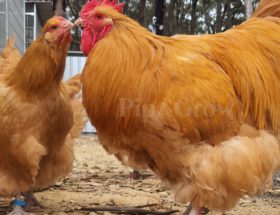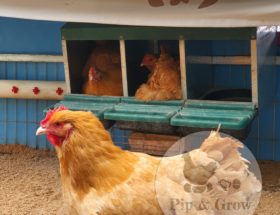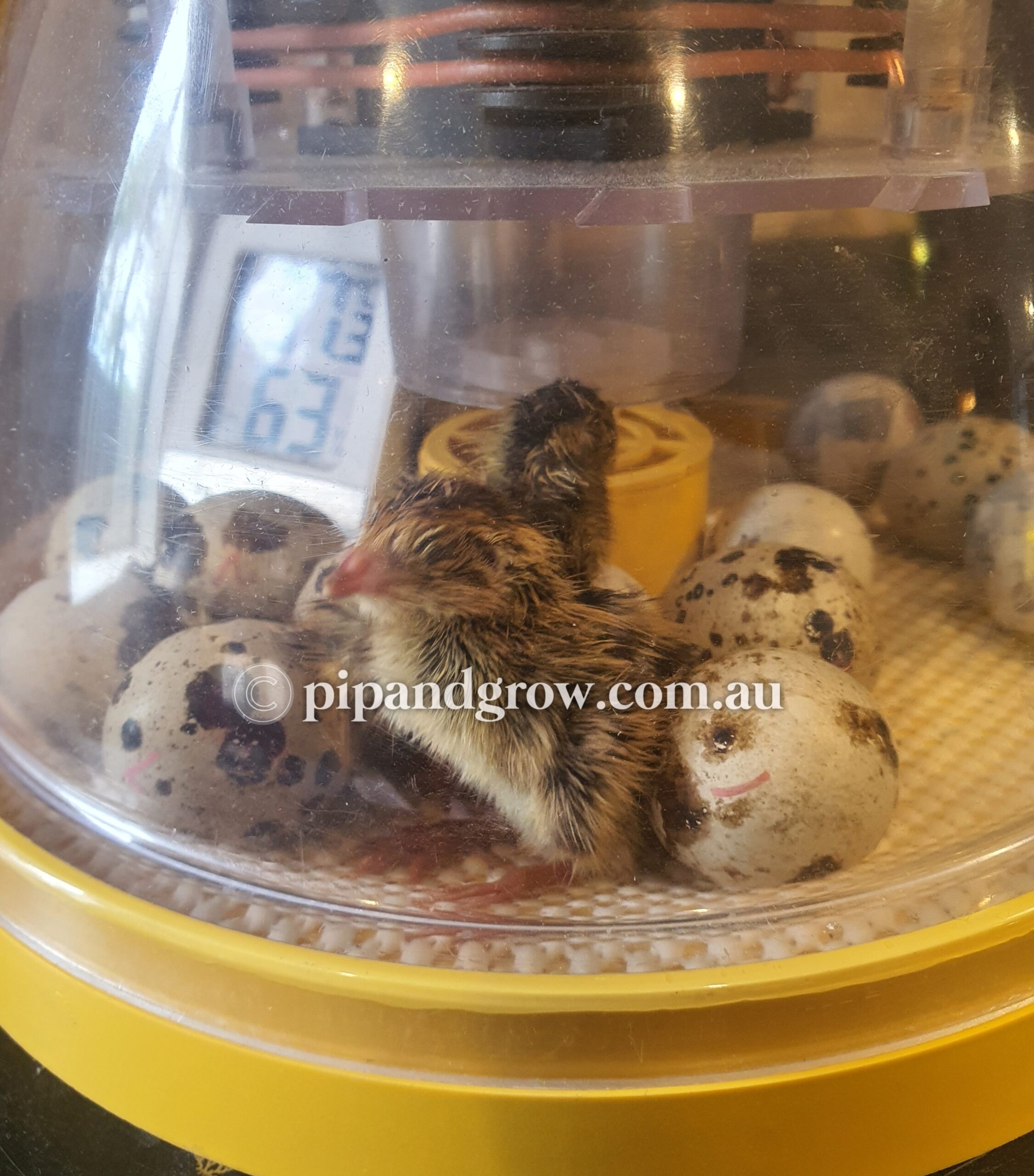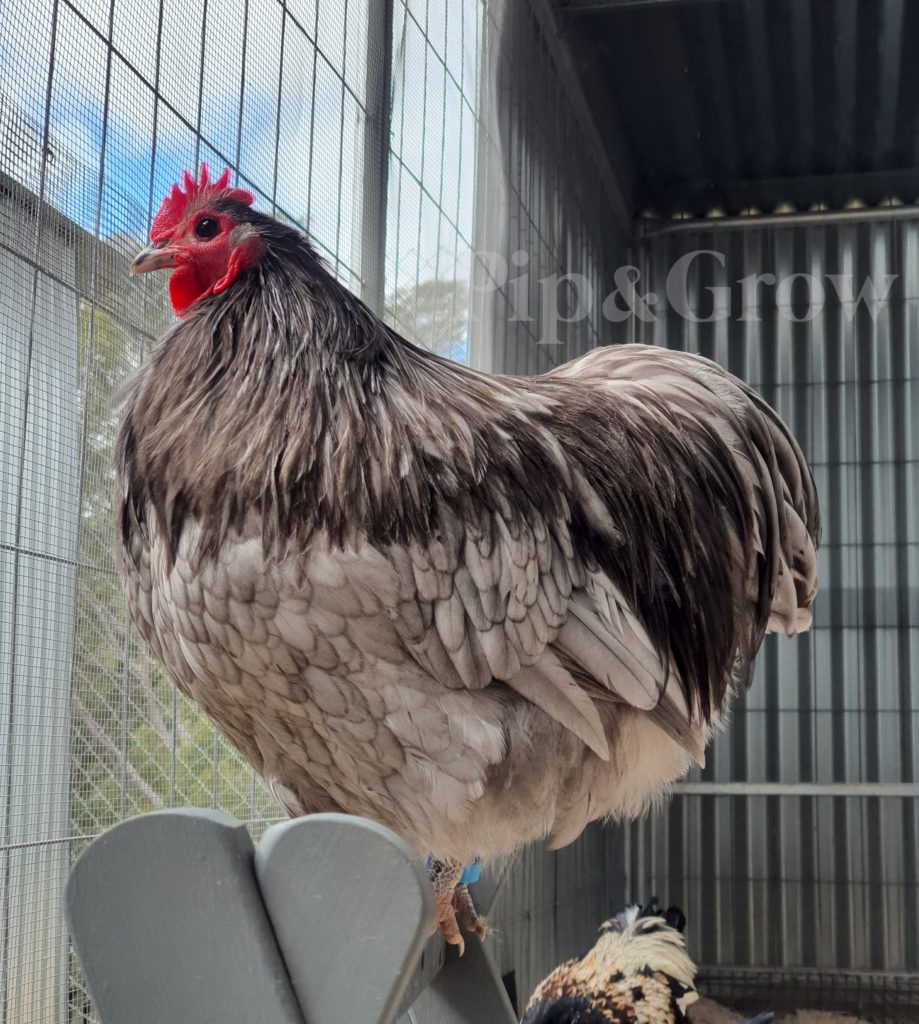
Are our birds “Show Quality”?
Short Version:
No, our birds are not considered show quality.
Long version :
While many of our birds are hatched from fertile eggs sourced from reputable breeders across Australia who have successfully exhibited their birds, we aim to breed our birds according to the standards outlined in the Australian Poultry Standards 2nd edition. Some of our customers have successfully shown offspring from our breeding line at various shows. However, *we do not specifically breed for exhibition purposes nor do we exhibit our birds ourselves. Our birds are not direct offspring of birds that have been exhibited. Therefore, we do not classify our birds as show quality.
*Breeding for exhibition necessitates a distinct approach to cultivate specific traits.
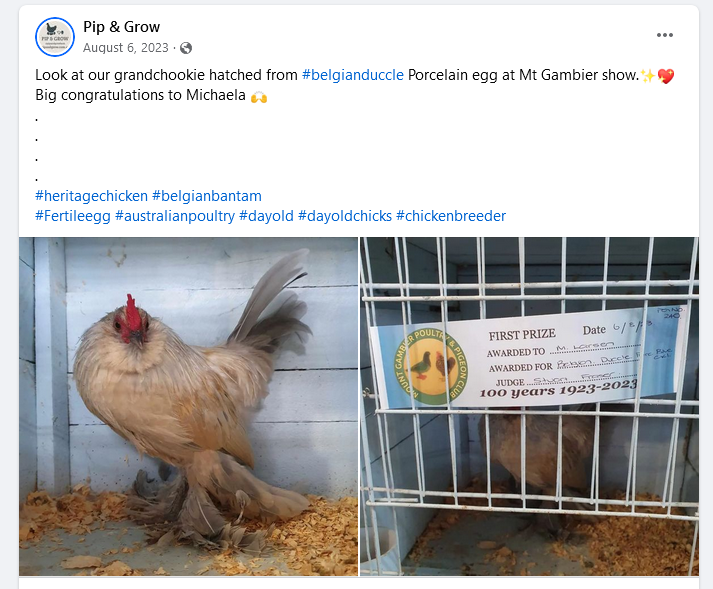
Show Quality Fertile Eggs
We believe that the term “Show quality fertile eggs” is not a valid or recognized term in the context of poultry breeding. Fertile eggs are eggs that have been fertilized by a rooster and have the potential to develop into chicks if incubated properly. The quality of the offspring that hatch from these fertile eggs is determined by various factors, including genetics, breeding practices, and environmental conditions. However, the quality of the resulting chicks cannot be guaranteed solely based on the appearance or traits of the parent birds (“show quality”).
While fertile eggs can come from high-quality or exhibition-quality parent birds, the eggs themselves should never be classified as “show quality” because their traits and characteristics are not visible until the chicks hatch and mature.
Hatching a dozen chicks from “show quality” parent stock fertile eggs does not guarantee that all offspring will match the quality of the parent birds. Genetic traits, including recessive genes that may not be visibly expressed in the first generation, can contribute to variability in offspring quality. Additionally, sub-optimal incubation conditions or environmental factors can result in deformities or health issues in some chicks which has no relation to genetics or bloodline.
Champion birds are often selected from hundreds of offspring generated through extensive and selective breeding efforts. Successfully obtaining even one “decent bird” with promising traits out of a dozen chicks can be considered a significant achievement and a valuable starting point for further breeding and improvement. This underscores the importance of patience, perseverance, and strategic breeding practices in the pursuit of developing show quality poultry. Each generation of breeding contributes to refining the gene pool and increasing the likelihood of producing outstanding birds suitable for exhibition and competition.
Experienced breeders and exhibitors understand the significant effort required to prepare a bird for exhibition from the ground up. Genuine breeders are typically cautious about casually using the term “show quality,” reserving it for birds that truly meet the rigorous standards and criteria of breed associations or exhibition guidelines. Unfortunately, the term “show quality” is often used loosely by newcomers or individuals looking to enhance sales appeal.
Furthermore, winning a category at a poultry show does not automatically deem a bird as “show quality.” In some cases, a bird may receive a prize simply because it was the sole entry in that category, rather than being judged against a competitive field. This raises questions about the true quality and merit of the bird in relation to broader exhibition standards.
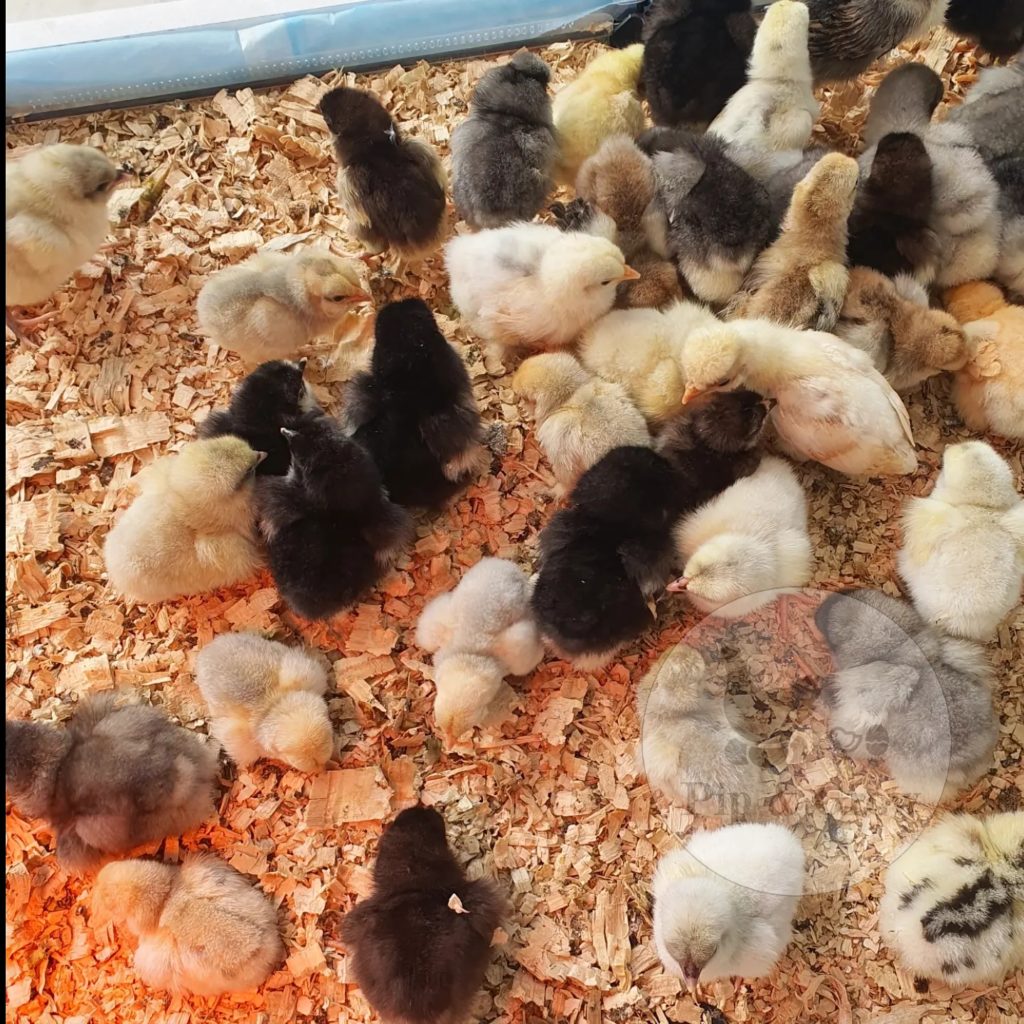
Where To Begin ?
If you’re seeking fertile eggs or live birds, it’s important to approach your search with knowledge and discernment. Instead of simply stating “I am looking for a show quality bird or eggs” and waiting passively, start by conducting thorough research on the specific breed and color you are interested in. Educate yourself about desirable traits and characteristics, such as ideal appearance, coloration, comb type, leg and eye color, and other breed-specific attributes. The more informed you are, the better equipped you’ll be to identify and select birds that align with your preferences and goals.
Keep in mind that seasoned breeders often do not readily part with their top show birds. Instead, they may offer “culls,” which are birds that do not meet the strict exhibition criteria but still have good genetic potential and can be a solid starting point for new breeders or those seeking fresh bloodlines. It’s essential for the buyer to have a discerning eye to recognize a “decent” bird or pet quality bird, as failing to do so can result in disappointment and wasted resources.
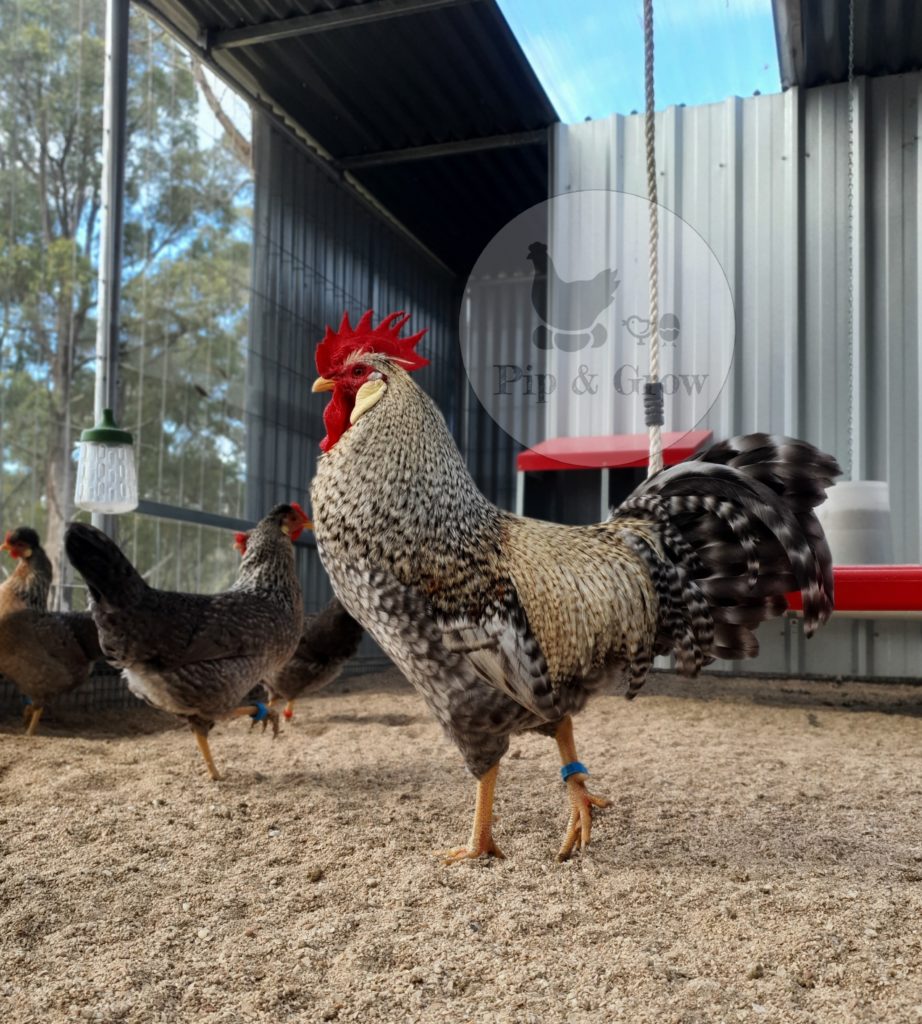
When purchasing fertile eggs for breeding purposes, prioritize obtaining eggs from healthy and well-maintained breeding stock that exhibits desirable traits according to the breed standard. Reputable breeders should be transparent and willing to share information about their breeding program, including photos of the parent birds, their housing conditions, and the care they receive. This transparency helps ensure that the birds are healthy, well-maintained, and raised in environments conducive to optimal breeding and egg production. By insisting on current photos and comprehensive information from breeders, you can make more informed decisions based on your knowledge and expectations for the quality of the offspring.
Avoid falling for terms like “show quality fertile eggs,” as they can be misleading in the context of poultry breeding and exhibition. Remember that cheap eggs or birds may be priced low for valid reasons, and reputable breeders who invest significant time and resources into their breeding programs will not offer their products at bargain prices. Focus on acquiring eggs or birds from reputable sources known for producing quality birds with characteristics that align with your breeding goals and preferences. This approach will increase your chances of successfully raising and breeding birds that meet or exceed breed standards over time, while ensuring the integrity and quality of your breeding program.
